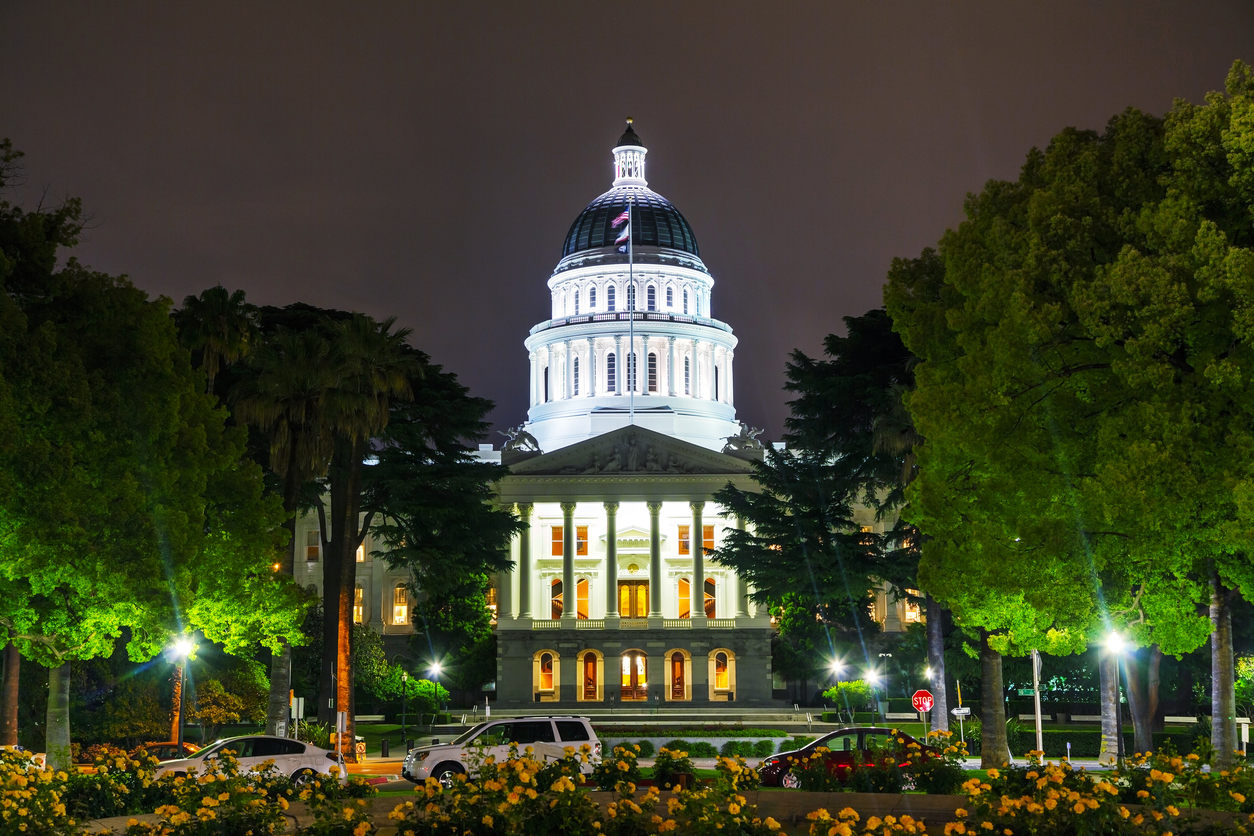Generally speaking, the government is immune from civil lawsuits. However, there are exceptions to this immunity. One such exception focuses on lawsuits that are based on injuries caused by governmental negligence. If you’re fighting to get dedicated bicycle and/or pedestrian infrastructure in your community, you may want to highlight how much safer roads become when alternative modes of transportation are embraced. Safer roads result in fewer accidents. In turn, governments likely face fewer personal injury lawsuits dangerous roads and conditions.
Sovereign Immunity
The 11th Amendment to the United States Constitution extends sovereign immunity to the state. Sovereign immunity essentially means that the government can’t be sued. However, states have the ability to waive this immunity in certain situations. Most states have passed laws – most commonly known as Tort Claims Acts – to codify this waiver of liability.
There are many different circumstances and situations that can cause the waiver of sovereign immunity. One such circumstance is when the negligence of a government agency, employee or agent results in personal injury or property damage.
Dangerous Conditions
In the context of advocating for safe bicycle and pedestrian infrastructure, government liability for negligence is important. Why? According to attorney Sherwin Arzani, this issue most typically arises when a dangerous condition on government property causes harm. If a government agency knew, or should have known, about a dangerous condition or hazard, but failed to take reasonable steps to fix it, it can be liable for damages.
Arzani, the founding partner of Citywide Law Group, explains that “roads and existing infrastructure were not designed with bicyclists and pedestrian in mind.” It’s true. Current roads were built to handle vehicular traffic and few have safe options for bicyclists and pedestrians.
According to Arzani, the rising number of bicyclists across the country should be a huge concern for local governments. “Cities need to acknowledge that safe bike paths and sidewalks are in demand and address how dangerous our country’s roads really are,” he explains. “The number of accidents involving cyclists and pedestrians are through the roof.”
Safe Infrastructure Reduced Accidents, Increases Ridership
Research shows that dedicated bicycle and pedestrian infrastructure can have an extremely positive effect on traffic accidents and fatality rates. In fact, installing dedicated bicycle lanes can cut the risk of a fatal bicycle accident in half.
As more dedicated infrastructure is introduced, the more popular it will become. A study of safe infrastructure projects in major American cities showed that interest in biking increased significantly when dedicated bike lanes were introduced. In fact, bicycling in the cities increased by 20 to 170 percent after safe bike lanes were constructed.
Safe Designs Can Reduce Government Liability
Biking and walking are increasingly popular ways to get around the country. Unfortunately, roads are increasingly dangerous for those who choose to bike and/or walk. This is particularly true at intersections of two major roads. The bottom line is that the demand for safe infrastructure is not being met. Our roads are dangerous and the government should be held responsible for accidents and harm that they could help to reduce.
Lobbying your local government officials and explaining this can be a powerful tool in getting safe infrastructure in your state, city, or neighborhood. Here’s an argument you can use the next time you want to address the allocation of funds to bicycle and pedestrian infrastructure:
Our roads are not safe. More of us want to bike and walk, but we are afraid of the potentially deadly consequences of sharing the road with large vehicles. These roads were not designed with bikes and pedestrians in mind. This creates a dangerous condition for us. Your inaction in developing safe roads is negligent, at the very least.
If you were not aware of these hazardous conditions before, you are well aware now. As a result, the next bicyclist or pedestrian who is injured in an accident could hold you responsible for the harm they suffer. If our safety is not enough of a motivating factor to install safe infrastructure, your own liability should be.
In other words, the government failing to address an increasingly dangerous situation may trigger liability for injuries and harm. Money certainly motivates government. Use it to your advantage.


